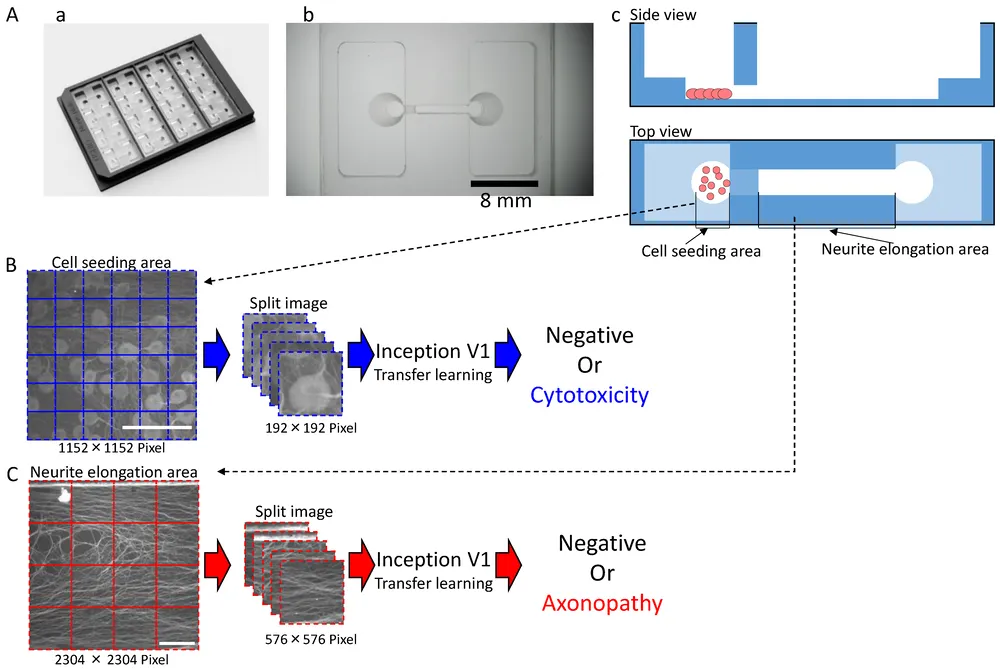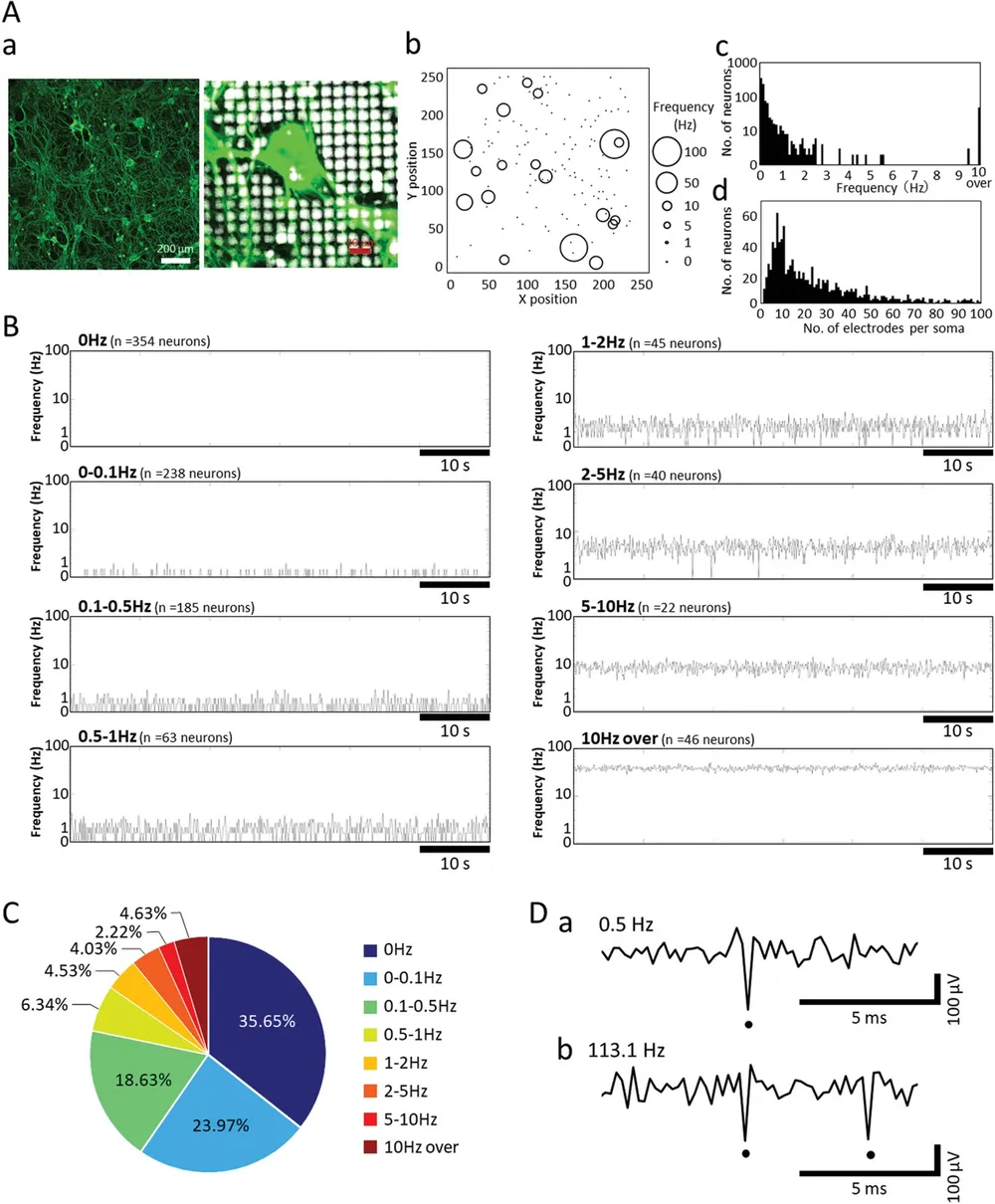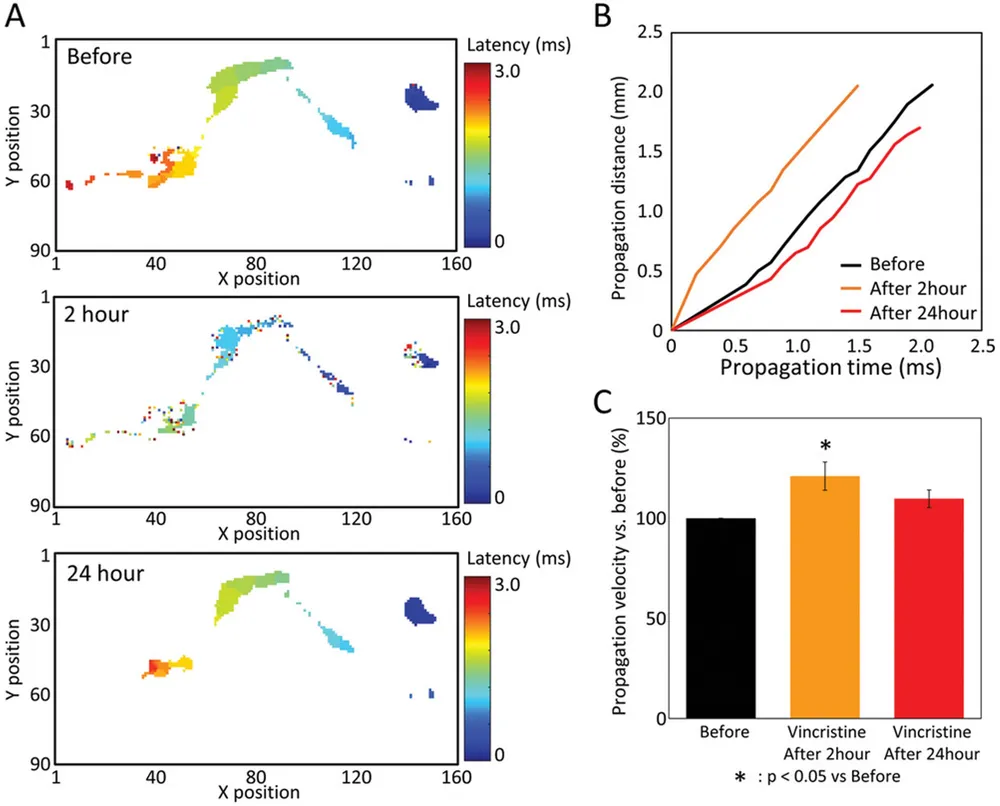Pain
# Innovating Pain Research with Precision Electrophysiology & AI-Driven Insights
Innovative Solutions for Pain Research and Therapeutics
Pain is a complex physiological and neurological phenomenon often linked to injury, tissue damage, or exposure to specific compounds such as chemotherapeutics. Understanding pain mechanisms and discovering new treatments requires precise tools and predictive models. At VitroVo, we provide advanced in-vitro electrophysiology assays and comprehensive safety profiling to accelerate the development of safe and effective pain management therapies.
Why Choose VitroVo for Pain Research?
VitroVo combines cutting-edge MEA technology, AI-driven analytics, and customizable neural models to deliver actionable insights into the mechanisms underlying pain. From peripheral sensory neurons to central nervous system pathways, we help researchers unravel pain complexities and identify novel drug candidates.
Key Advantages:
Predictive Models for Pain Mechanisms:
-
Leverage iPSC-derived sensory neurons to model nociception and study pain pathways in a controlled environment.
-
Utilize co-culture systems to investigate neuron-glia interactions in chronic pain conditions.
High-Resolution Functional Analysis:
-
Measure neuronal excitability, synaptic transmission, and network activity using Ultra-HD-MEA platforms.
-
Detect and analyze compound-induced neurotoxicity and dose-dependent effects.
AI-Driven Insights:
-
Employ machine learning algorithms for multivariate analysis of pain-related electrophysiological data.
-
Predict drug efficacy and side effects using data derived from MEA assays.
VitroVo’s Capabilities for Pain Research
Advanced Models for Pain Pathway Exploration:
Peripheral Nervous System Models:
-
Use iPSC-derived sensory neurons to mimic peripheral pain responses and test candidate drugs.
-
Incorporate dorsal root ganglion (DRG) neurons to study peripheral nociception in acute and chronic pain.
Custom Co-Culture Systems:
-
Investigate neuron-glia interactions in inflammatory and neuropathic pain conditions.
Enhance Research with Complementary Readouts to MEA:
Calcium Imaging:
-
Monitor intracellular calcium dynamics to assess neuron excitability and responses to pain stimuli.
Gene Expression Profiling (RNA-seq, RT-qPCR):
-
Analyze molecular mechanisms underlying pain pathways and validate drug targets.
Biomarker Analysis (ELISA):
-
Quantify pain-related cytokines and protein markers for pharmacodynamic studies.
Microphysiological Systems (MPS):
-
Simulate peripheral-to-CNS pain signaling with organ-on-a-chip platforms.
Unparalleled MEA Platforms for Pain Studies
MEA Solutions Tailored for Pain Research:
-
Ultra-HD-MEA Technology: Record single-cell activity and network dynamics with 240,000 electrodes, delivering the most detailed functional data for pain-related studies.
-
Conventional MEA Platforms: Achieve high-throughput data acquisition for compound screening in pain models.
Benefits:
-
Reduce reliance on animal models by replicating pain pathways with human-derived cells.
-
Perform cost-effective, highly predictive pain research aligned with in vivo studies.
-
Gain insights faster with multimodal readouts from a single experiment.
Accelerate Pain Research with VitroVo
VitroVo’s state-of-the-art electrophysiology assays, advanced AI analytics, and customizable models make us a trusted partner in pain research. Whether investigating nociception or screening compounds for safety and efficacy, our tools deliver the precision and depth your studies require.
Assays
See assay examples below to find out how VitroVo can advance your Pain research


